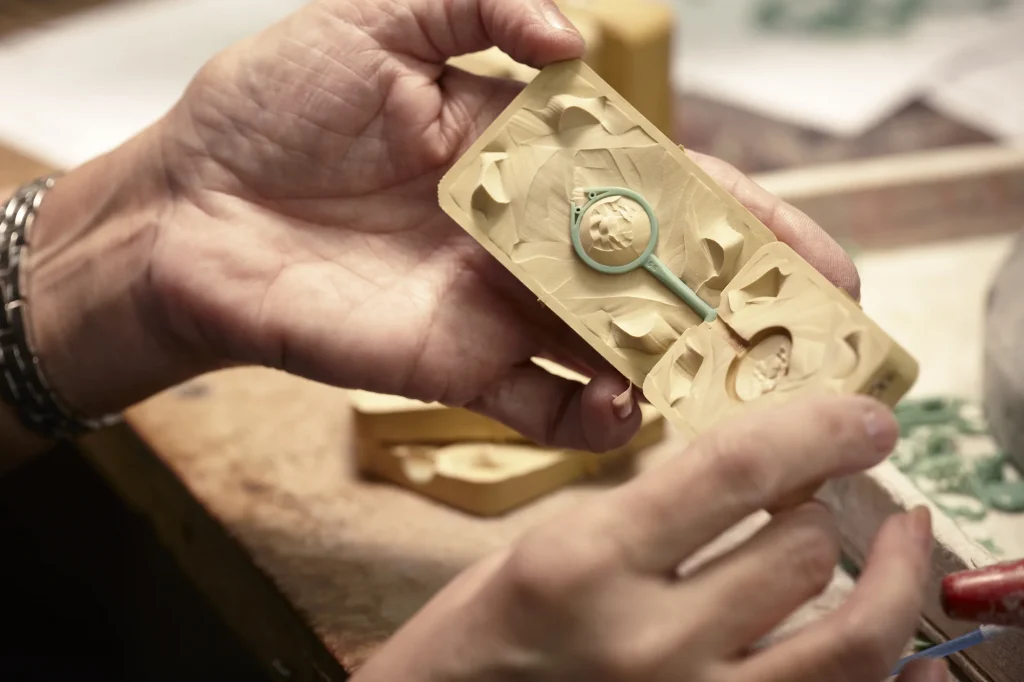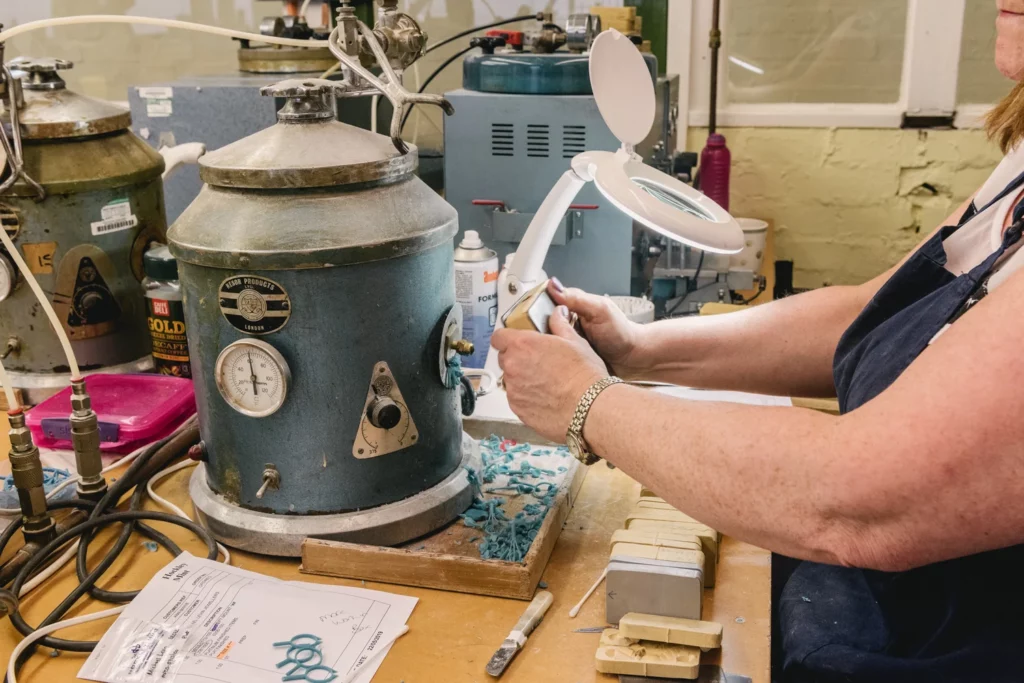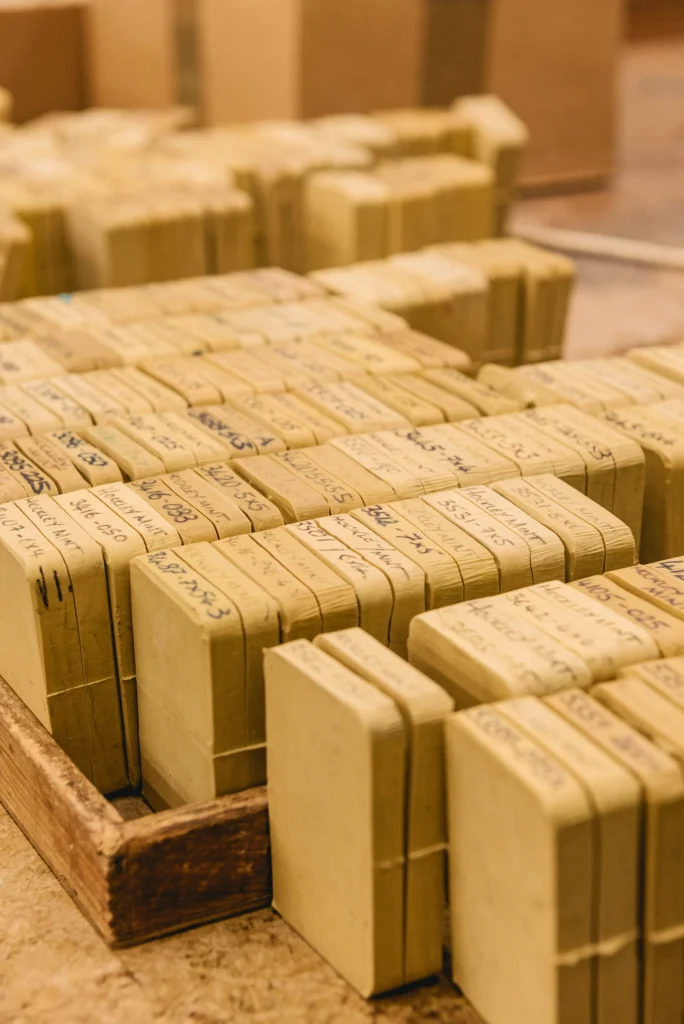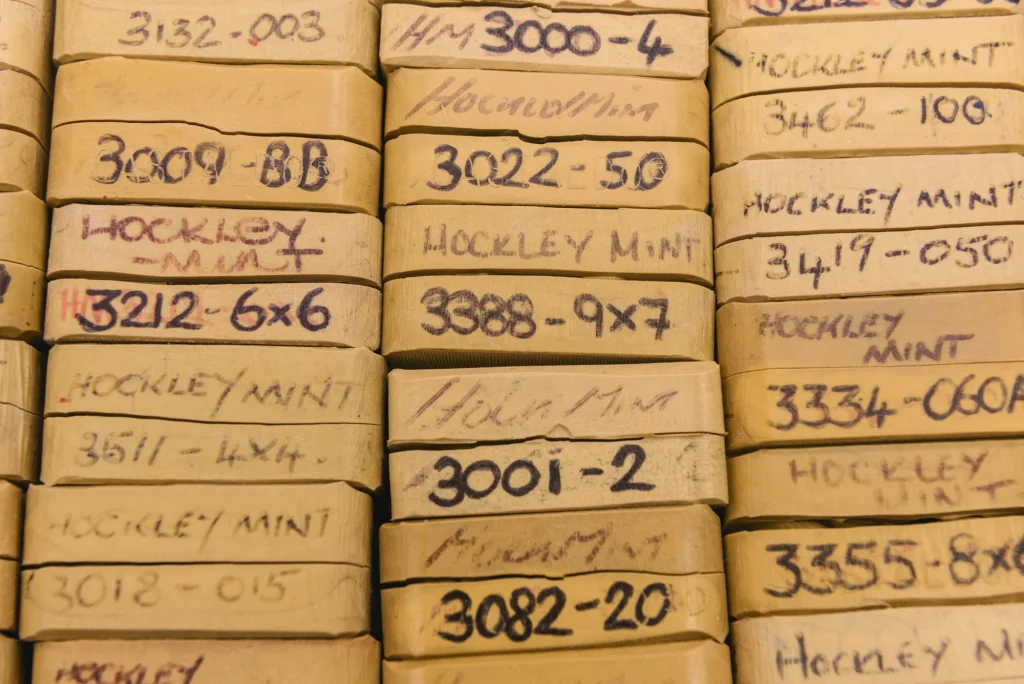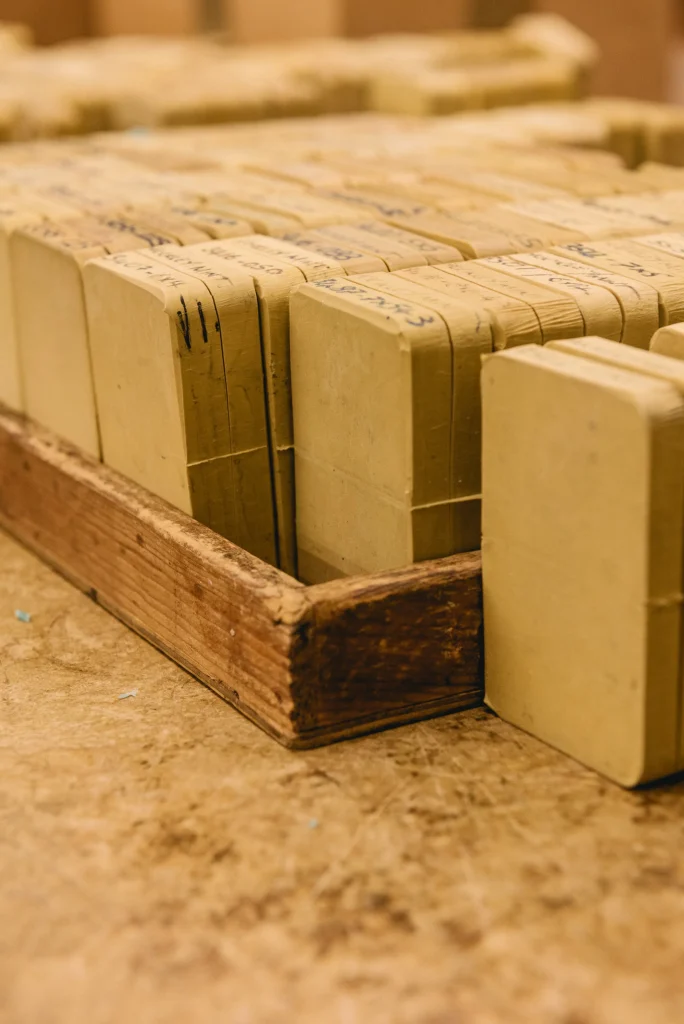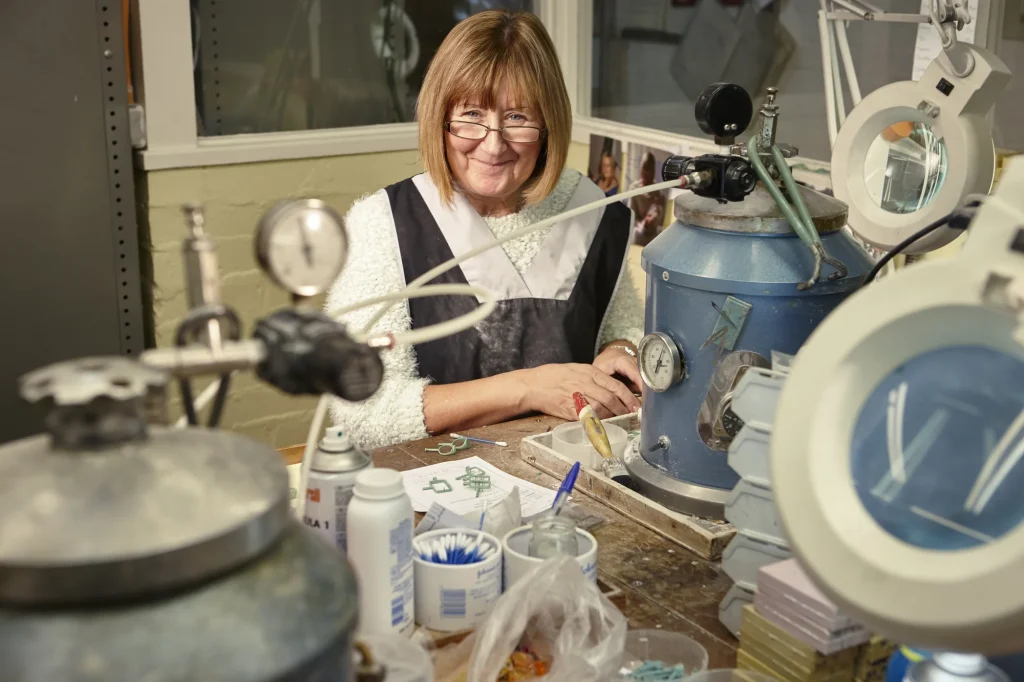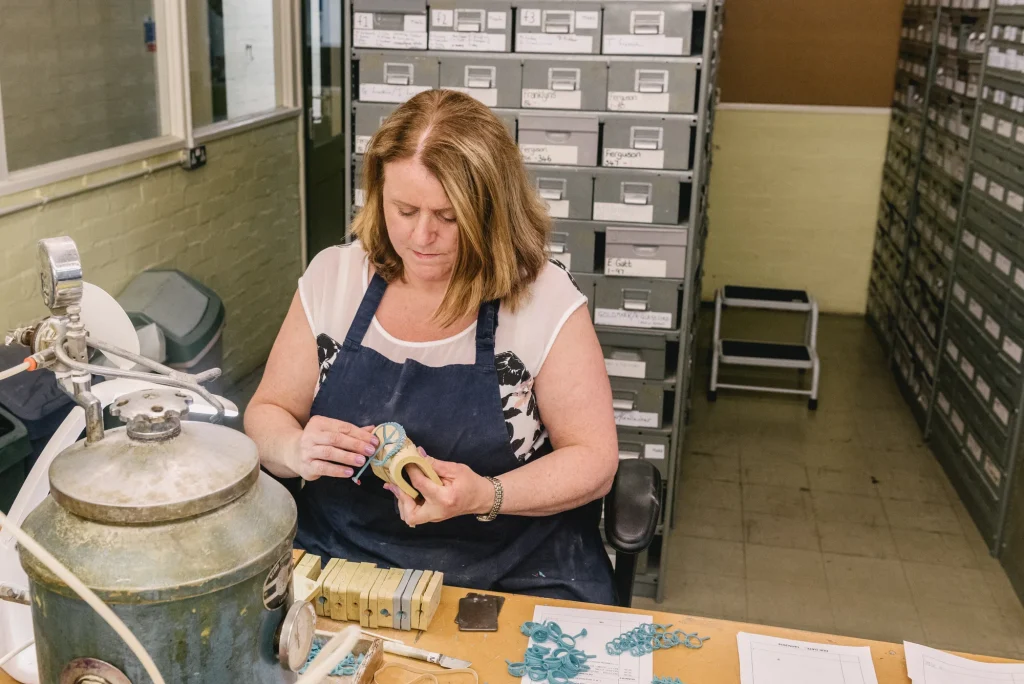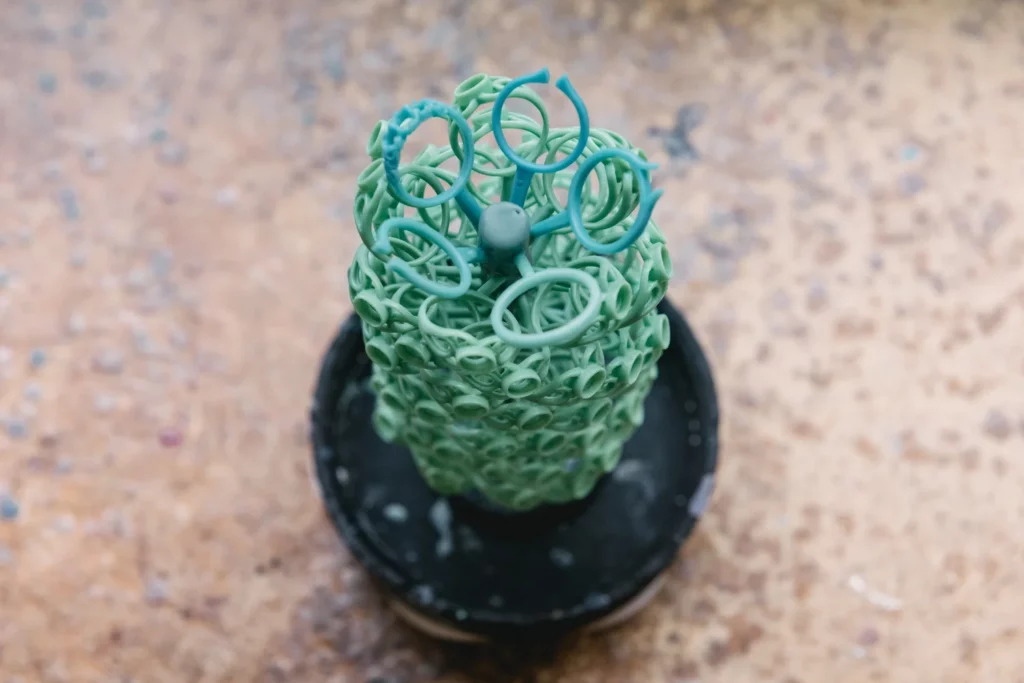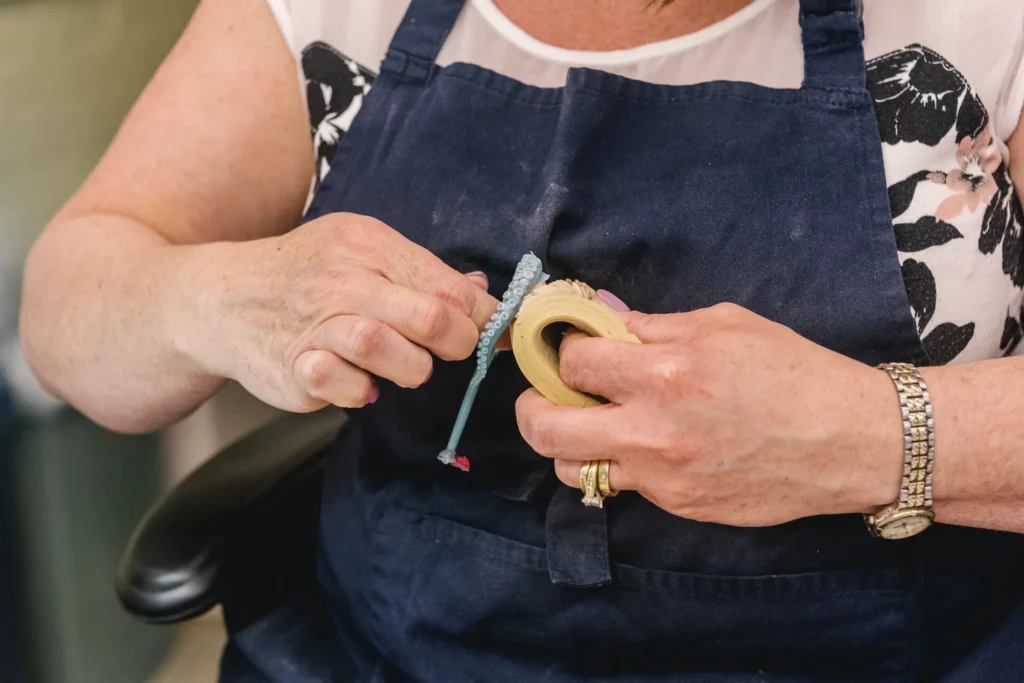The Merrell Approach
We work with our customers on a case-by-case basis and choose the most suitable mould type for their specific needs. There are some fundamental differences between vulcanised rubber moulds and cold silicone moulds, but there are also nuances in this process that our team at Merrell Casting have spent years mastering. Whether you are starting with base metal masters, organic objects, hollow items or hand-carved waxes, we will do everything in our power to ensure the most successful casting result.
Frequently Asked Questions
What is the difference between vulcanised rubber and a cold silicone mould?
Put simply, there is no shrinkage from master to mould with a cold silicone mould. Generally, shrinkage is approx. 1.5/2.0% from master to vulcanised mould, then a further 1.5% from mould to casting. There is no shrinkage from master to mould if a cold mould is used. Pink no-shrink moulds are an alternative to a cold mould if the master pattern is metal. There will always be casting shrinkage regardless of mould, which can be up to 4%.
Vulcanised Rubber Moulds
This is the most common type of mould. It is created with sheets of rubber that are heated and compressed. This works particularly well for base metal masters and other metal objects that can withstand heat. Your master is then carefully cut from the mould and what remains can move on to our wax injection team who prepare waxes for casting.
Shrinkage from master to mould is minimal with vulcanised rubber – approximately 1.5-2%. We can help you make an informed decision as to whether this will impact your design.
Benefits of Vulcanised Rubber Moulds
Cheaper, quicker and long-lasting moulds
Achieve approximately 5,000 cast items from a single mould
Cold Silicone Moulds
This method of creating moulds for wax is more delicate and involves pouring liquid silicone over and around your master, rather than compressing it using heat and pressure. Customers choose this method for delicate items, 3D printed plastic pieces, hollow items, and when creating moulds of organic forms like leaves, for example. This process can also be used for unusual masters, like objects, toys, models and other non-jewellery items.
Benefits of Cold Silicone Moulds
No shrinkage from master to mould, so only casting shrinkage needs to be taken into account
Beneficial for very detailed and delicate designs
Essential for creating moulds from hollow objects and natural/organic items
Achieve approximately 1,500-2,000 cast items from a single mould
“If you are considering using a wax as a master pattern for a new mould, especially if it’s a hand-carved piece that’s taken hours of work, speak to us first to discuss the option that is right for you. We will always do our best to return the original master back to you. Similarly, we might suggest making a mould from your wax rather than going straight to casting… the process is not infallible and our role at Merrell Casting is to guide you through the process with honesty and transparency,”
Ruth Shenton, Admin Manager
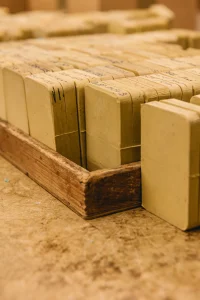
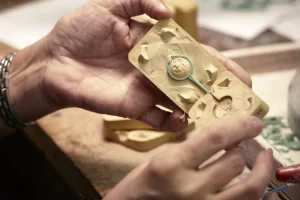
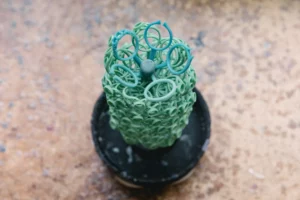
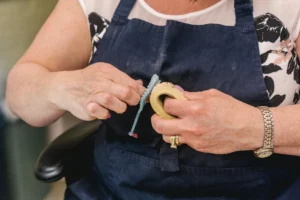
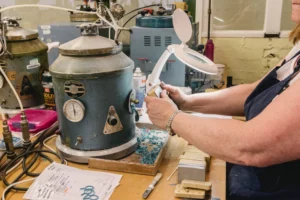
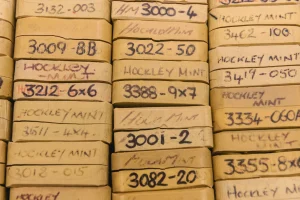
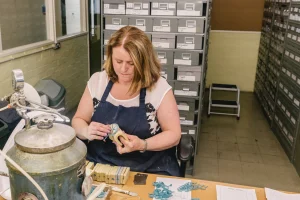
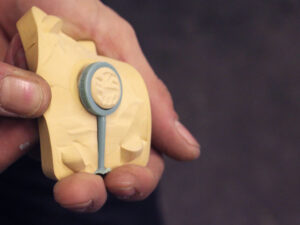

Mould Storage
We can store all your master moulds on-site to speed up the process of casting your designs and ensure quicker reordering and restocking. All moulds are kept securely and confidentially for complete peace of mind.
Get in Touch
Send us your questions or enquire about our services.

